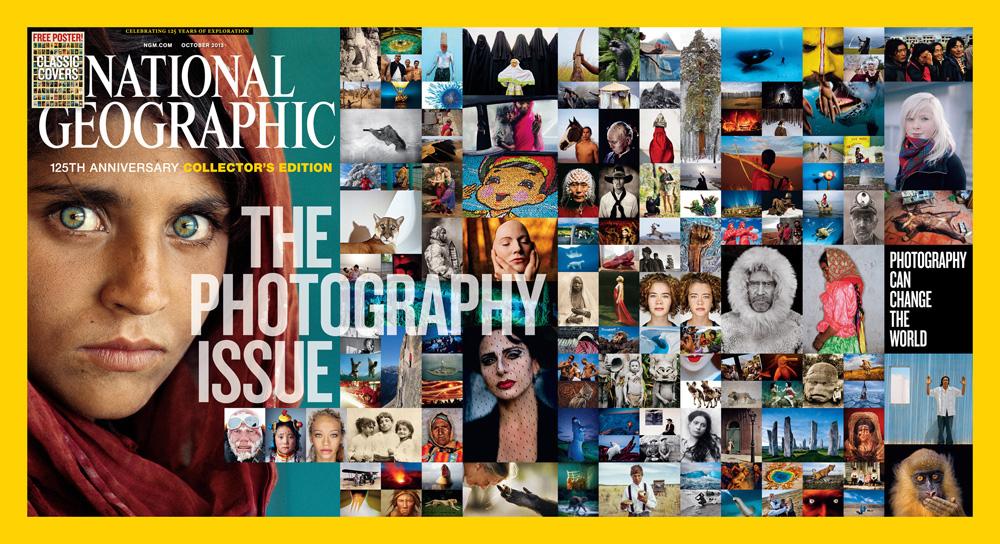National Geographic celebrates 125 years of iconic photography
For generations of armchair adventurers and nature enthusiasts alike, National Geographic magazine has been essential reading.
In its October issue, the magazine is celebrating its 125th anniversary and revisiting some of its most iconic photographs — that haunting image of a young Afghani refugee girl is on the cover.
In a way, National Geographic's photo archives are also an archive of modern photography. As cameras became better and more compact, some previously impossible photos became possible.
But, for a magazine that is now defined by it's dramatic photos, National Geographic's beginning was more visually modest, says Sarah Leen, the magazine's director of photography.
"The first issue in 1888 was pretty much like a little pamphlet almost. It was started as a scientific journal that reported back from explorers and scientists that were sent out into the field," Leen said. "It was just only text at the very beginning."
The magazine didn't start using photographs until 1904 when an article fell through and the editors decided to fill the space with a set of images from Tibet. Though it would eventually kickstart modern photojournalism, the story was not well-received by all.
"Some people were shocked and dismayed and thought it was just the end of everything," Leen said
Similarly, National Geographic was one of the first magazines to run photos of topless women, often from different parts of the world. The magazine's photographers, Leen said, often hear from men who say National Geographic was the first place they ever saw a bare-breasted woman.
After one "poor soul" sifted through all 125 years of the magazine, they found that there had been 529 bare-breasted photos published throughout National Geographic's history. That discovery gave Leen the idea to do a feature called "Naked Truth" in the October issue.
"Everybody always mentions the nudity in National Geographic," Leen wrote in an introduction for the feature. "For the special issue of photography we figured we should mention it too and document how much the magazine has actually published."
As camera technology continues to push the devices into smaller and stronger packages, they are becoming more accessible than ever. Leen says she welcomes the change.
"It' just an exciting time for photography in general," she said. "I mean, I'm one of those people, you know. I'm photographing with my phone all the time and posting to my Instagram feed, and we have a really robust Instagram feed ourselves."
National Geographic's Instagram feed currently has 2.3 million followers, a sign that quality photography has an audience in the interconnected world.
"Photography can help you relate and connect to other people and get you to care about things," Leen said. "And I think once you start getting people to care about things you can get them to get involved and maybe even help change the world."
Every day, reporters and producers at The World are hard at work bringing you human-centered news from across the globe. But we can’t do it without you. We need your support to ensure we can continue this work for another year.
Make a gift today, and you’ll help us unlock a matching gift of $67,000!
